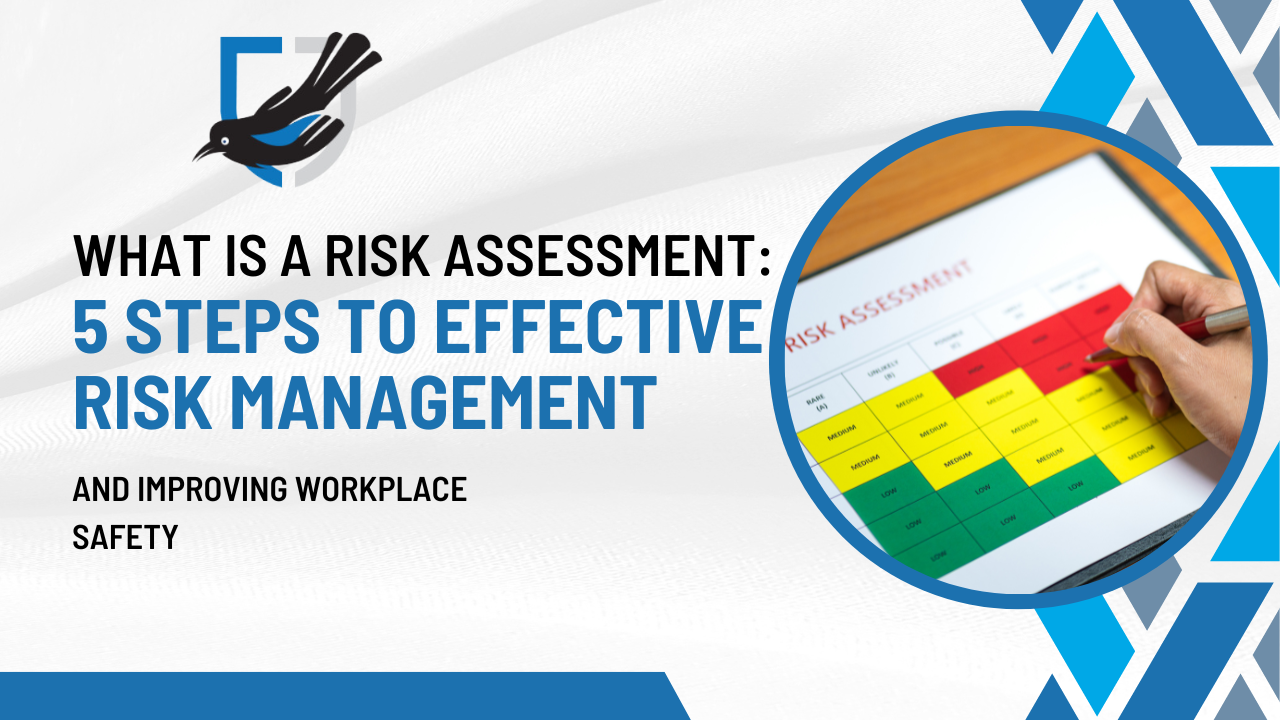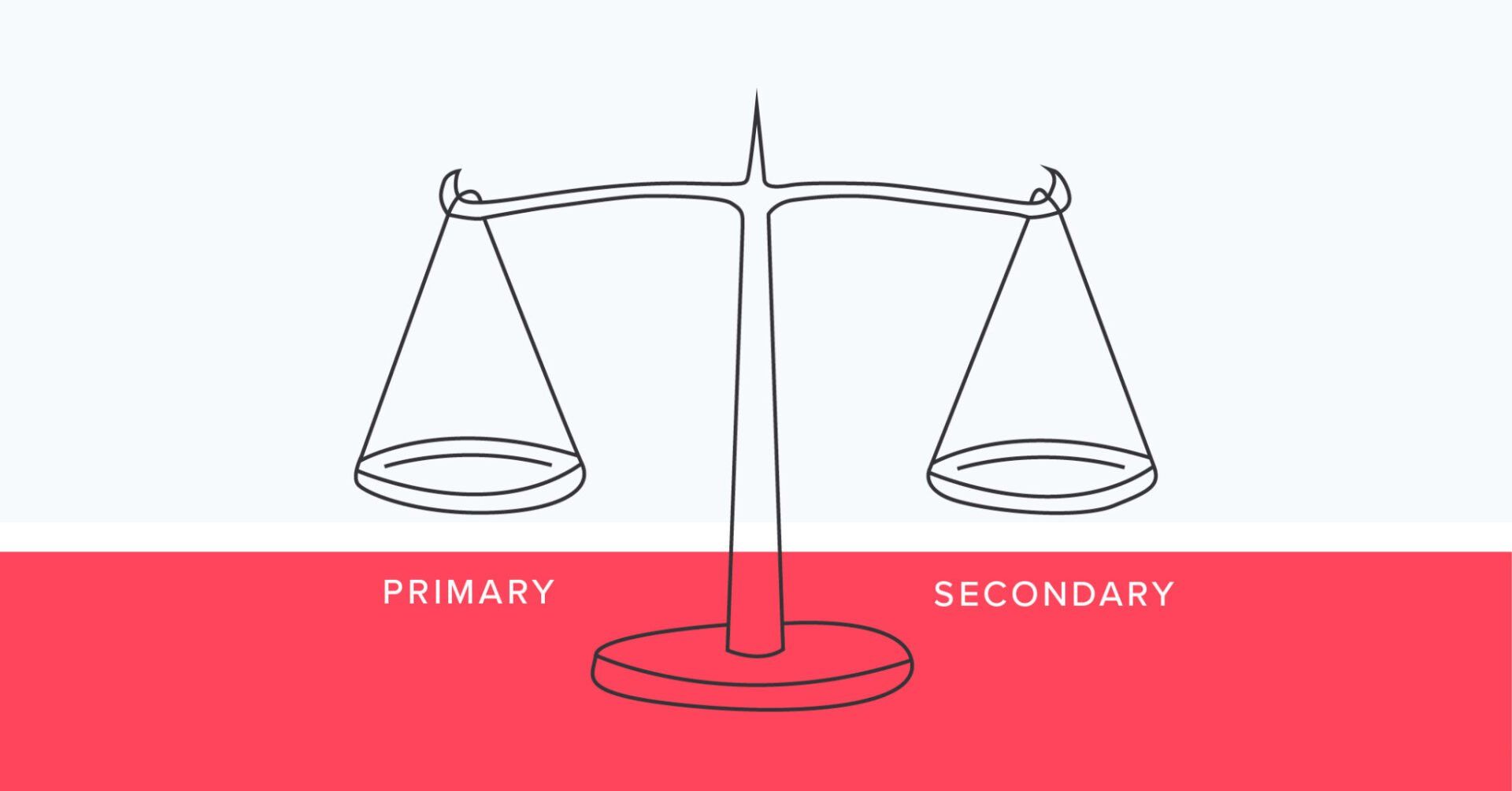PDCA Cycle: Plan, Do, Check, Act.

In the dynamic landscape of organisational excellence, one methodology stands tall – the Plan, Do, Check, Act (PDCA) cycle. Coined by the renowned quality management guru W. Edwards Deming, this iterative approach forms the bedrock of continuous improvement. Join us as we delve into the essence of PDCA cycles, unravelling how this framework propels organisations toward excellence.
Plan: Setting the Stage for Success
The PDCA cycle commences with the planning phase, where organisations meticulously chart an improvement course. This stage involves identifying objectives, understanding the current state, and formulating a robust plan to achieve desired outcomes. Thoughtful planning lays the foundation for subsequent actions and ensures a clear direction for improvement.
Do: Implementing the Blueprint
With the plan in hand, it's time to transition from theory to action. The "Do" phase involves executing the devised plan. This implementation stage is not just about ticking off tasks; it's a dynamic process that requires collaboration, adaptability, and a keen eye for unforeseen challenges. Success in this phase hinges on effective communication and the seamless execution of the planned activities.
Check: Assessing Progress and Outcomes
The heart of the PDCA cycle lies in the "Check" phase – a critical juncture where organisations pause to assess progress and outcomes. This involves comparing actual results with the initially set objectives, analysing data, and gathering feedback. The check phase provides insights into the effectiveness of implemented actions, helping organisations identify successes, challenges, and areas for refinement.
Act: Refining and Enhancing
The PDCA cycle reaches its culmination with the "Act" phase, where organisations take deliberate actions based on the insights gained during the check phase. This could involve refining the existing plan, adjusting implementation strategies, or addressing unforeseen obstacles. The act phase embodies the spirit of continuous improvement, ensuring that lessons learned contribute to an evolved and more effective approach.
The Continuous PDCA Loop: Embracing Iteration
What sets PDCA apart is its iterative nature. Instead of a linear path, the cycle forms a continuous loop, encouraging organisations to revisit and refine their processes continually. Each iteration brings a wealth of experience, fostering a culture of adaptability and resilience. PDCA empowers organisations to respond to changing circumstances and proactively seek opportunities for enhancement.
PDCA Conclusion: Elevating Organisational Excellence
The PDCA cycle emerges as a beacon in continuous improvement, guiding organisations toward excellence. From meticulous planning and dynamic execution to thorough assessment and purposeful refinement, each phase contributes to a culture of continual advancement. Embracing the essence of PDCA positions organisations to navigate challenges and thrive in an ever-evolving landscape.











